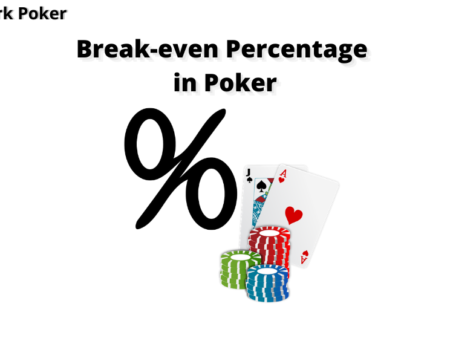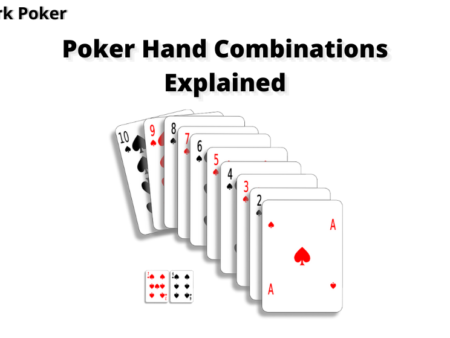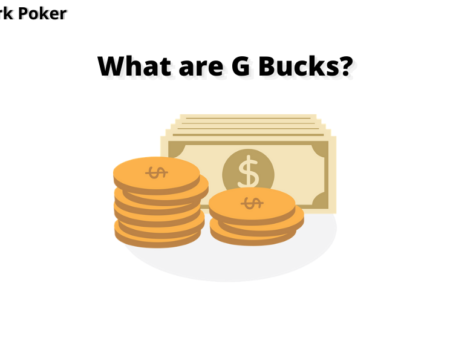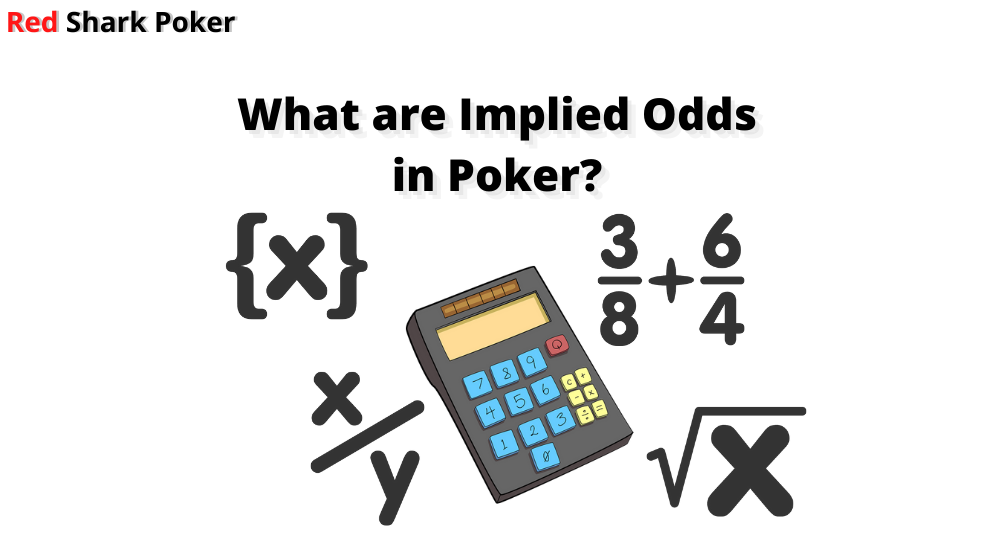
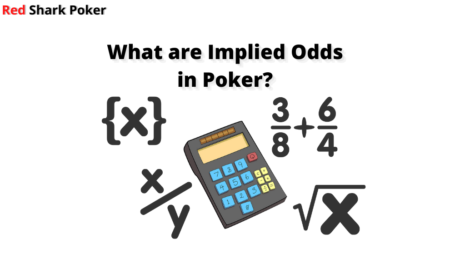
It is impossible to predict the future! Be it in life or poker, who knows what will happen in the future? The only thing we can do is to find some close estimation of what is going to happen. For example, you can predict how much of increment in salary you are likely to get based on your yearly performance, the overall performance of your company, your relations with the higher management and a lot of other factors. Similarly, in poker, you can find out how much you are likely to win if you make the best hand with the help of implied odds.
What are Implied Odds in Poker?
Implied odds are an extension of pot odds that help you to estimate how much money you are likely to win if you complete your draw. Implied pot odds indicate the amount of money you are expected to win on an average if you hit your outs.
Implied odds also help you in tough situations. If you are facing a bet with incorrect pot odds or insufficient equity, you need to check your implied odds before deciding to call. Poker implied odds will show you how much you need to win on the later streets in order to justify the call.
Types of Implied Odds
There are two types of Implied Odds – Good and Bad.
Good Implied Odds: If you are able to extract more money from your opponent, you have good implied odds. For example,
Your Hand: 5♥ 6♠
Flop: Q♥ 4♣ 7♦
You have an open-ended straight draw and your hand is quite disguised as there is a gap of two cards between 4♣ 7♦. If you complete your straight on the next street, novice players won’t be able to figure out your hand. So, there is a possibility of winning more money with such a disguised hand. Only expert players will be able to detect your straight.
Bad Implied Odds: If you are not able to extract more money from your opponent, you have bad implied odds. For example,
Your Hand: K♥ 8♠
Flop: Q♥ J♣ 10♦
You also have an open-ended straight draw here, but all the three cards are in a sequence. If any Ace or a Nine hits the board on the next street, your hand will be too apparent. Even novice players would be able to detect your straight. If you bet, you won’t make much money as your straight will be too obvious.
How are Implied Odds different from Pot Odds?
Pot odds is a mathematical concept that gives you the exact ratio between the size of the pot and the size of the bet you are facing. You can get pot odds ratio or percentage by doing a simple calculation. If there is $6 in the pot and your opponent bets $3, the pot odds are 3:1 or 25%.
If you don’t know how to calculate pot odds, click here: Introduction to Poker Pot Odds.
Implied odds, on the other hand, is difficult to find. There is no way to find the exact value of implied odds as it is impossible to quantify variables like the bet size of your opponent, the next card, action, etc., that are likely to occur on the future streets. You can only estimate the value of poker implied odds.
How to Calculate Implied Odds in Poker?
As the odds are implied, there is no exact method to calculate it accurately. However, there are two popular ways to calculate implied odds in poker, which will give you a close estimation of how much money you are likely to win on an average on the future streets.
1) Formula Method
This formula might look scary at first as it involves multiplication, addition and subtraction. This method is usually used during your post-game analysis.
Implied Odds = [(1/Equity) X Call Amount] – (Total Pot + Call Amount)
Let’s look at an example to calculate the odds.
Your Hand: 5♥ 6♥
Turn: Q♥ 7♠ 10♣ 2♥
Your opponent makes a half pot-size bet of $50 into a pot of $100. The total pot is now $150. You have a flush draw with 9 outs.
Pot Odds: 25%
Equity: 18% (9 outs X 2)
As you have less equity than the pot odds, you are in a tough spot. Now, you need to calculate your poker implied odds to see how much you are expected to win on the river to justify your call.
Equity = 0.18 (Convert the percentage – 18/100)
Call Amount = 50
Total Pot = 150
Implied Odds = [(1/Equity) X Call Amount] – (Total Pot + Call Amount)
= [(1/0.18) X 50] – (150 + 50)
= (5.6 X 50) – 200
= 280 – 200
= 80
You need to win $80 or more on the river in order to justify your call. If you hit your outs on the river, you need to bet $80 or more to justify your call. As the total pot is now $200 ($150 in the pot + $50 call amount), an $80 bet will be 40% of the pot.
2) Ratio Method
Unless you are a genius, the above-mentioned formula is really difficult to use in live games. As there is no exact estimation of implied odds in poker, this method will give a different result. Remember, there are no right or wrong implied odds as it depends on a lot of different variables.
In this simple method, you need to subtract your pot odds from the card odds (odds of hitting your draw). Then, multiply the first value (the value before the colon) of the result by the call amount.
Implied Odds = (Card Odds – Pot Odds) X Call Amount
Let’s review the previous example to calculate the odds.
Your Hand: 5♥ 6♥
Turn: Q♥ 7♠ 10♣ 2♥
Your opponent bets a half pot-size bet of $50 into a pot of $100. The total pot is now $150.
Pot Odds: 3:1
Card Odds: 4.1:1
Card Odds – Pot Odds
4.1:1 – 3 :1
= 1.1:1
Multiply 1.1 by the call amount
1.1 X 50 = 55
In this method, you need to win $55 or more on the river in order to justify your call. If you hit your outs on the river, you need to bet $55 or more to justify your call. As the total pot is now $200 ($150 in the pot + $50 call amount), a $55 bet will be 27.5% of the pot.
Factors to Consider
As you can see, it is impossible to find the exact value of implied odds in poker. The implied odds are depended on a lot of variables, which are difficult to measure. Let’s look at those factors:
Type of Opponents: It is really up to your opponent as they are the ones who are going to pay up if you hit your outs. An unskilled opponent is more likely to pay up while an expert player will be skilled enough to guess if you have hit your outs. Also, you need to guess if your opponent has a strong enough hand to call when you complete your draw.
Board Texture: A flush draw is more obvious than an inside straight draw. Also, a pocket pair becoming trips is hard to guess. So, the board texture matters a lot in deciding whether your opponent will pay up if you complete your draw.
Your Position: It is difficult to extract value when you are out of position. If you bet big, your opponent will simply fold. It is important to consider your bet size so that you can extract some value. When you are in position and the opponent bets, it is easier to get more money from your opponent.
Conclusion
In many situations, it becomes too obvious, and you don’t have to use any math to calculate the implied odds in poker. The board texture and the type of opponents just give it away. However, it is best used when you don’t have enough equity to continue in certain situations. Poker implied odds help you to decide whether it is a worthwhile risk to call. If you find that payout will be good on hitting your outs, you might take a calculated risk. And if you complete your draw, you will have a well-planned poker strategy on how much money you should extract from your opponent.

